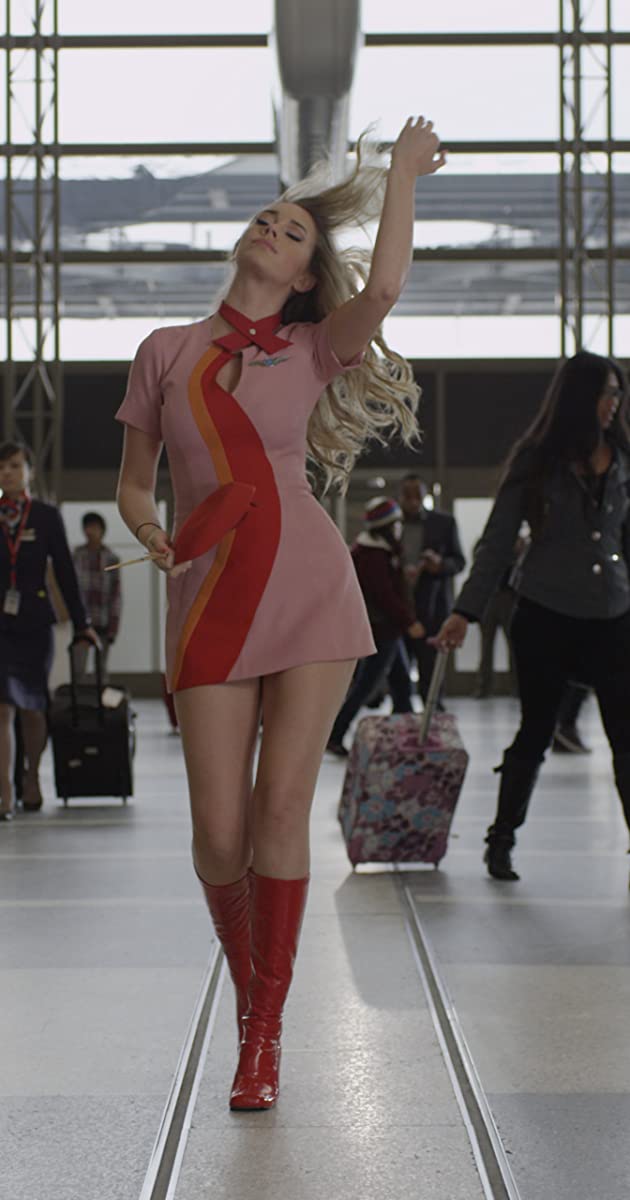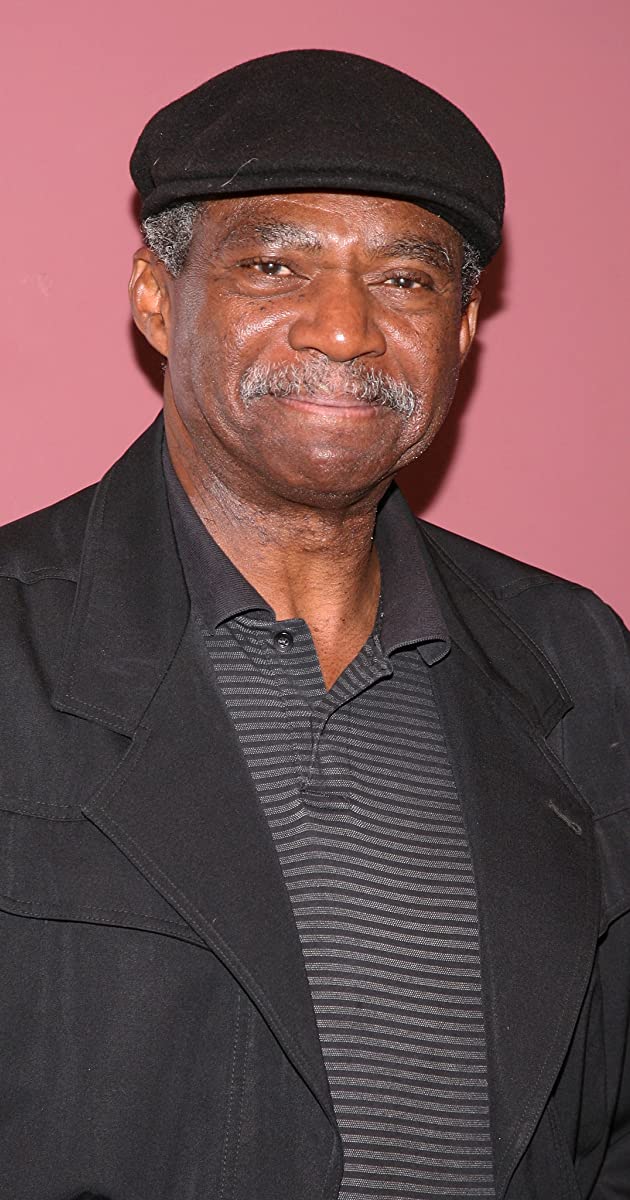
Best known as the the lead singer of the popular 1960s singing group The Supremes, Diana Ernestine Earle Ross was born on March 26, 1944, in Detroit, Michigan, the second of six children of African-American parents Ernestine Lillian (Moten), a schoolteacher, and Fred Earl Ross, who served in the army. After being raised in housing projects for most of the late 1940s and early 1950s, Diana started singing in the gospel choir of a Baptist church. With friends Mary Wilson, Florence Ballard and Barbara Martin, she formed a vocal group, The Primettes, at age 15. After Barbara had departed the group, the remaining three girls inked a deal with Motown Records and were renamed The Supremes. Ross wasn’t picked to become the group’s lead singer until Motown honcho Berry Gordy decided that the time was exactly right, and from then on he described the group as “Diana Ross and the Supremes.” From 1965 to 1969 the group had a string of #1 records. In late 1969 Gordy announced that Ross would be leaving the group for a solo career. In the third week of 1970 she played her last concert with The Supremes and started working with the songwriting team of Nick Ashford and Valerie Simpson. Ross’ first two songs by the team reached #1 on both the pop and R&B charts, justifying her move. Prior to starting a family of her own, she won the title role in the Billie Holiday biopic Lady Sings the Blues (1972), which was extremely successful at the box office, and had the distinction of being nominated for an Academy Award for her first film. The movie’s soundtrack reached #1 on the U.S. charts. Despite fame and fortune, her next two big films,Mahogany (1975) and The Wiz (1978), didn’t meet with the same success. However, she had a #1 hit single with “Mahogany” to make up for it. In February 1976, just before another #1 hit with “Love Hangover,” she was stunned when her singing partner and friend, Florence Ballard, died after complications from a combination of alcohol abuse and long-term depression, which led to cardiac arrest. Ballard was only 32 years old and Ross was devastated by the loss.
After recovering from Ballard’s death, Ross went on to focus on her singing career and continued having more #1 songs, including “Upside Down”. The following year she performed the theme song from Endless Love (1981), which was composed by Lionel Richie. That same year she left Motown Records and signed contracts with various record companies across the globe, and formed her own production company. The following year she released “Silk Electric,” on which she sang “Muscles,” a song written and produced by Michael Jackson.
After she sang a tribute song dedicated to the late Marvin Gaye, Ross scored another #1 song in 1986 in the UK with “Chain Reaction,” which brought back her days as the member of The Supremes’, and was written and produced by The Bee Gees. Unlike the song she sang when Florence died, this song was about how she became accustomed to Marvin over the years. After an eight-year absence, in 1989 she came back to Motown. Ross had gained more fame through concert appearances over the years, and in April 1993 she became a best-selling author with her first and only children’s book, “When You Dream,” which featured a CD with four songs that were dedicated to the book. That same year she was declared by the Guinness Book of World Records to be the most successful female singer of all times. Two years later she was honored with the Heritage Award for Lifetime Achievement on the Soul Train Awards. After receiving those honors, she came back to the studio in 1999 with “Every Day Is A New Day,” and the song reached the UK Top 10. The following year, with Mary Wilson–the only other surviving original Supremes member–she planned to book a Supremes reunion tour, but this was eventually canceled.
She was arrested in 2002 in Tucson, Arizona, for driving under the influence and after pleading guilty was sentenced to two days in jail, 36 hours of counseling and one year probation. Today she is hard at work finishing her forthcoming book, “Upside Down: Wrong Turns, Right Turns and the Road Ahead.”


